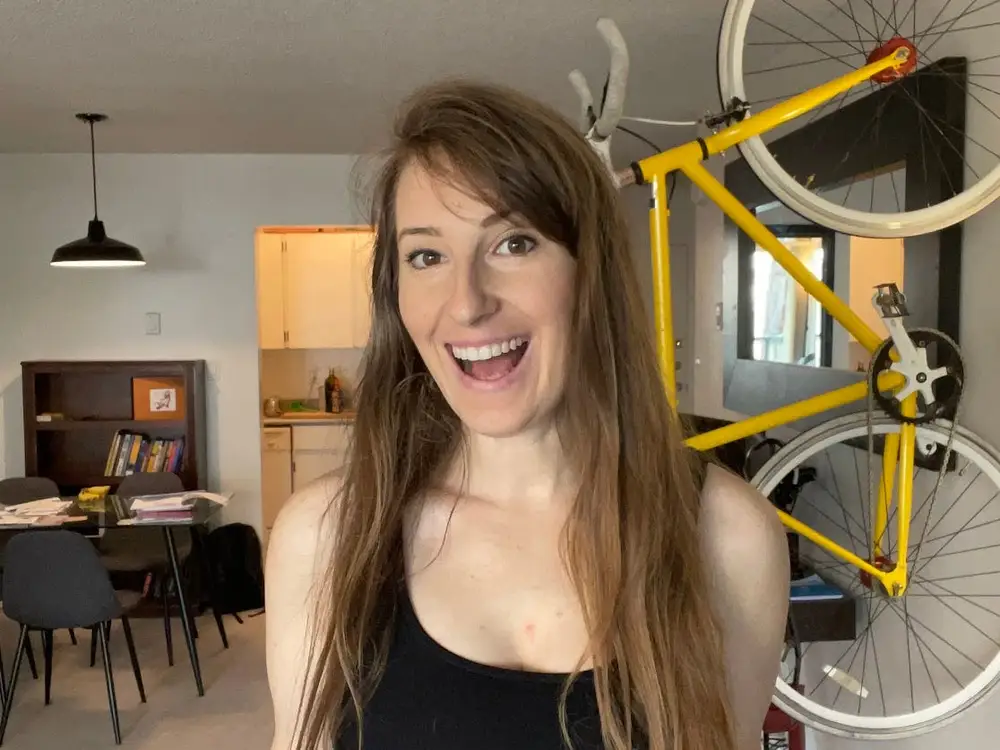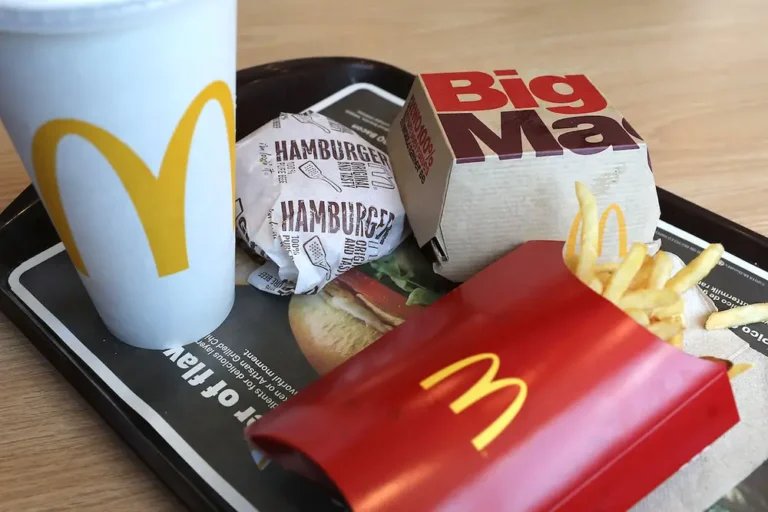A 36-year-old on track to retire early didn’t earn more than $15,000 a year until her late 20s. She explains how she increased her income and how she invests.

Amberly Grant resides in Longmont, Colorado.
When Amberly Grant came across the financial independence, retire early (FIRE) movement in her mid-20s, she bought into the concept but didn’t know if she’d ever make enough money to participate.
“I had the tools, but I had no resources. I made $15,000 a year and spent most of it — because you can’t really save that,” Grant, who spent her early 20s traveling the world working odd jobs, told B-17.
“So that was my mindset going into it, just a little bit of apprehension. There’s a trope in the FIRE industry where it’s a bunch of people who are engineers making really good money for 10 years.”
Over the next decade, Grant made a few key moves — notably, increasing her income while maintaining a low cost of living and investing the excess — that set her up to hit “coast FIRE,” which means that she never has to contribute another dollar to her retirement accounts.
The current amount in her investment accounts will grow and compound enough over time that, by age 60, it’ll be enough to sustain her lifestyle in retirement. Today, at 36, she technically only has to work to cover her expenses, but she’s still contributing to her nest egg because she wants the option of retiring sooner — and is on track to do so in the next 10 years, she said.
“I truly do not see myself 100% not working,” noted Grant, who’s a senior project manager for a financial and accounting software company. “For me it’s the financial independence part; I don’t care about the retire early as much. I want the option to walk away from work if it’s not something that’s fulfilling or good for my family.”
Increasing her income and saving and investing the excess
Grant left the small Canadian town she grew up in at 19 to travel and work. Over the course of six years, she did everything from cleaning houses and walking dogs to teaching English abroad.
She didn’t make enough to save anything, but she also never accumulated debt.
While Grant was content with her lifestyle, she wishes she could tell her younger self, “You’re worth more than $15,000 a year,” she said. “I didn’t believe that for a very long time because I came from such a poor background.”
Her mindset started to shift when, at 25, she enrolled in community college. After two years, she transferred to the Leeds School of Business at CU Boulder and started working “more professional jobs,” she said.

Grant on a self-supported bike trip from Portland to San Francisco.
When she graduated at 29, she landed her first full-time role as a project coordinator. It came with a $52,000 salary.
Having lived on $15,000 a year for her entire adult life, she immediately had excess savings to work with. She maintained her low cost of living, opened a Roth IRA, and started investing in index funds, a popular strategy among the FIRE community.
Grant prefers index investing because it provides broad market exposure at a low cost and is relatively hands-off: “For me, it’s just a really easy way of investing in something that’s self-managing. Then, my brain power can be put somewhere else, like building businesses, working my job and getting good at it so I can make more money, hanging out with friends, whatever it might be, and I don’t have to think about what my investments are doing.”
Over the last seven years, she’s climbed the ranks in the corporate world and more than tripled her salary. She’s also created an additional income stream by purchasing two investment properties and setting up long- and short-term rentals.
Her Airbnb units, in particular, have caused her some headaches. Between managing bookings, guests, and cleaners, there are a lot of moving parts, and “it just blows up from time to time,” she said. But they’re more lucrative than her long-term rentals, and she’s learned, in general, that the key to financial independence is to “do what other people are not willing to do.”
When it comes to real estate, “I have fixed up one of my units, I have rented my units, I have rented rooms, I’ve had roommates, I’ve had short-term rentals, I’ve had mid-term rentals. I’m constantly pivoting my strategy, and because of that, I have made probably an extra $150,000 over the past few years that has gone straight toward investments.”
Maxing out 3 different tax-advantaged accounts
As soon as Grant started earning more than $15,000 a year and had enough to start saving, she opened three tax-advantaged investment accounts — a Roth IRA, a 401(k), and an HSA — and began maxing them out.
The contribution limits, which have increased since she began using the accounts, are $7,000 for a Roth, $23,000 for a 401(k), and $4,150 for an HSA in 2024.
An HSA (health savings account) is meant for health costs, but it can also be used as an investment tool and to supplement your retirement accounts.
It comes with a triple tax advantage: You can contribute pre-tax dollars (which reduces your taxable income), your contributions and earnings grow tax-free over time, and you can withdraw your money tax-free to cover qualified medical expenses. (Also like an IRA, you can invest your HSA balance in mutual funds, stocks, or ETFs, depending on what the plan offers.)
If you withdraw money for something other than a qualified medical expense, you’ll pay ordinary income taxes on the withdrawal and owe a 20% early withdrawal penalty. However, once you reach age 65, you can use your HSA money to cover any expense without incurring a penalty.
While Grant can use her HSA funds for medical costs right now, she chooses to pay out-of-pocket so her HSA money can continue to grow and compound.
Maxing out each of these accounts not only allowed her to put her money to work in index funds but contributing to them helped lower her taxable income.
Over time, she’s accumulated six figures worth of retirement savings despite getting what’s often considered a late start in the FIRE community. That is a misconception in general: People who don’t start investing until their late 20s or early 30s tend to think, “I don’t have enough time,” she said. Her mindset was, “I’m 30. I’m still young. I still have time on my side.”
The key for her, at least, was consistent investing: “The fact that I’ve maxed out my 401(k), my IRA, and my HSA every single year since I was financially able to has put me strides ahead.”






